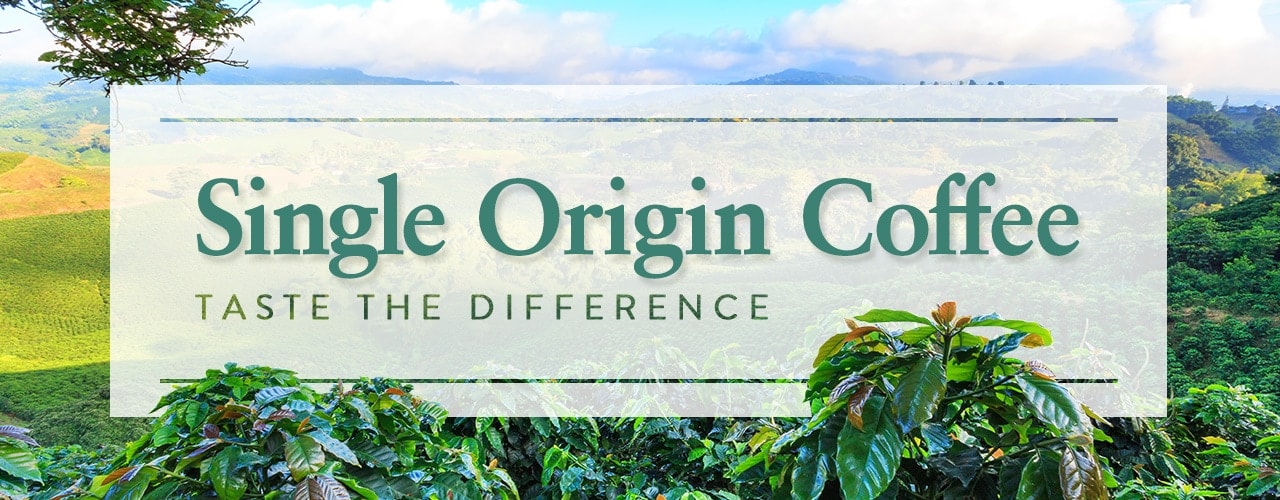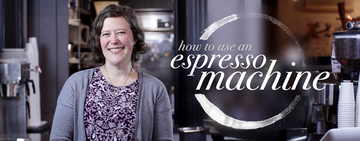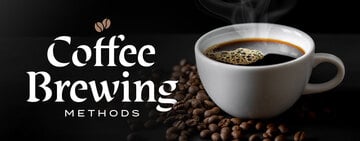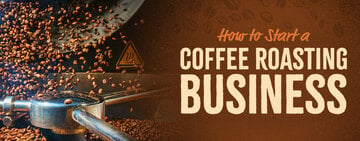What Is Single Origin Coffee?
Single origin coffee beans are grown in one distinct location, giving them a unique flavor and ethical traceability. To keep up with emerging coffee trends towards ethical sourcing and memorable flavor experiences, coffee shops are expanding their selection of single origin coffees. As you curate your cafe menu, use our guide to interpret single origin coffee labels, create a diverse brew offering, and meet third wave coffee consumer demands.
Shop All Single Origin CoffeeWhat Does Single Origin Coffee Mean?

If coffee is labeled as "single origin" or "single source", it means it's from a single country, region, crop, or producer and carries the unique flavor notes of its growth place. Many roasting facilities lightly roast single origin coffees to preserve their flavors, which often results in a tea-like mouthfeel, surprising those expecting a smoky, bitter essence.
The growing demand for single origin coffee from third wave coffee consumers holds the industry to a higher standard. By tracing the beans back to their grower, you can confirm they are fair trade, sustainable, and organic. Purchasing single origin coffee boosts small farmers and allows your customers to engage with the region and culture that made their beverage.
What Is Third Wave Coffee?
Third wave coffee describes the coffee industry from 2000 to today in the same way ‘millennials’ describes those born between 1981 and 1996; third wave coffee suggests both a timeframe and a shared set of values. Modern coffee shops elevate coffee drinking above mere caffeination, and consumers now view coffee as a pleasure and passion. The third wave coffee movement invites customers to engage with the culture, farm, and process that produced their cup of coffee. It is the third wave coffee movement that launched single origin coffee into prominence.
Types of Single Origin Coffee

The term single origin coffee can delineate anything from an entire region to a single farm. There are sub-terms within the single origin coffee category, estate coffee and microlot coffee, that distinguish how localized they are.
What Is Estate Coffee?
Estate coffee, also known as single estate coffee, comes from a single farm, mill, or co-operative. Estate coffee is a more traceable subcategory of single origin coffee. In most cases, a single owner operates multiple mills producing estate coffee beans. Sole ownership provides quality control and ethical accountability.
What Is Microlot Coffee?
A microlot coffee, or single farm coffee, is a single coffee bean varietal grown at a specified farm. Microlot coffees are the most traceable and niche coffee within the single origin category. Most microlot coffee labels provide details about the lot or paddock where the coffee beans grew.
What Is Single Origin Espresso?
Since espresso is a grind consistency and brewing method, you can grind any single origin coffee into fine espresso powder and use it in an espresso machine. However, this is not something most coffee shops choose to do. Single origin coffees are usually light roasted to allow their unique, locational flavor notes to shine. Their flavor profiles shift from year to year and don’t combine predictably with milk. A barista must be especially skilled to work with single origin espresso, and the extra care and attention required will slow down the beverage-making process.
To showcase the unique flavors of their single origin coffees, most coffee houses coarse or extra-coarse grind the beans and use pour over or cold brewing methods. Unlike popular milk-laden espresso drinks, slow brewing single origin coffee allows their unique, light-roasted flavors to arrest the taste buds.
Best Single Origin Coffee

Since the appeal of single origin coffee is its traceability, the best single origin coffees are estate or microlot coffees grown by a single producer and/or farm. This ensures that the flavor notes of their region are recognizable, and their origins are known. There is no official measurement for the best single origin coffee flavor profile outside of individual preference.
What Is Blend Coffee?
Coffee roasting businesses make coffee blends by combining different beans to create their desired coffee flavor and strength. The beans used in blend coffee usually come from different farmers, regions, and even continents. Coffee shops typically use blend coffee for making espresso drinks because they combine predictably with milk in classic coffee shop beverages.
Types of Coffee Blends
Discover the three most popular types of coffee blends.
- Breakfast Blends – Breakfast blends are typically highly caffeinated and lightly roasted.
- Dark Roasted Blends – Low caffeine levels and lots of smoky flavor characterize dark roasted coffee blends.
- House Blends – A house blend is a coffee shop’s preferred blend. They usually mix predictably with milk and have a straightforward flavor.
Single Origin Coffee vs Blend

The difference between blend and single origin coffee is that the beans from single source coffee come from one region while the beans of coffee blends may come from different locations. Roasters and coffee houses who want to offer a traceable, high-quality, and unique coffee experience choose single origin beans. If they want to offer standardized coffee flavors year-round, they choose coffee blends.
We break down the biggest differences between single origin coffee and blend coffee so you can decide which is right for you.
Cost
- Single Origin Coffee Cost – On average, a 12-ounce bag of single origin coffee is $15.
- Blend Coffee Cost – On average, a 12-ounce bag of blend coffee is $8.50.
Availability
- Single Origin Coffee Availability – Single origin coffees have limited seasonal availabilities.
- Blend Coffee Availability – Blend coffees are curated year-round/without limitation.
Applications
- Best Single Origin Coffee Applications – Cold Brew, Manual Brewing, Auto Pour Over
- Best Blend Coffee Applications – Espresso, Drip Coffee, French Press
Single Source Coffee FAQs
While the definition of single source coffee is simple, purchasing and brewing single source coffee beans can get complicated. We answer many of the questions roasters and coffee houses pose when they invest in single source coffee.
Coffee Origin Characteristics
Coffee beans take on the characteristics of their place of origin. While the word terroir is traditionally used in the wine industry, the same concepts apply to coffee. Terroir is how the climate, soil, and terrain of a region impact the wines (or coffee) grown there. So, for example, coffee beans grown on the same lot as banana trees will carry a banana essence, and coffee beans grown by the sea may have a pleasant salinity. When you blend coffee beans from multiple regions together, you lose their distinct terroir. However, single origin coffees keep their terroir.
How Much for Single Origin Roasted Coffee?
On average, a 12-ounce bag of single origin roasted coffee costs $15. The more specialized the beans are, the more they will cost. Many estate and microlot coffee prices reach the mid-twenties for a 12-ounce bag. Coffee shops should provide as much detail as possible about their single origin coffees, so their customers understand why they’re worth more.
Why Drink Single Origin Coffee?
You should drink and invest in single origin coffee because it is both ethical and profitable. Drinking single origin coffee supports small producers operating sustainable and ethical coffee bean farms. Additionally, coffee lovers who want to expand their palette and experience unexpected flavors will pay extra to enjoy a cup of single origin coffee.
For the modern, values-driven consumer, drinking single origin coffee isn’t just about flavor, it’s about environmental and social awareness. Build brand loyalty when opening a coffee shop by offering single source coffee.



